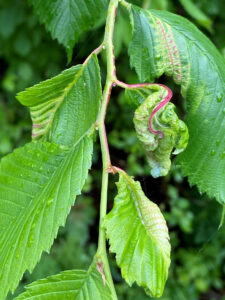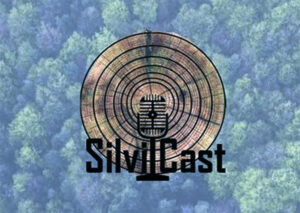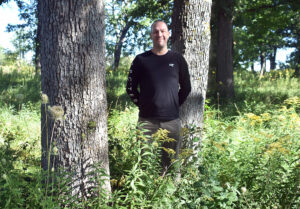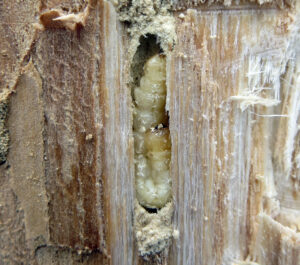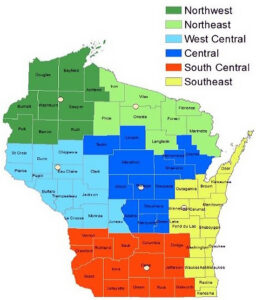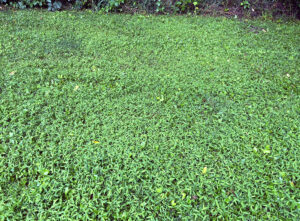
A mat of Japanese stiltgrass growing in Rock County, Wisconsin, in July 2025. / Photo Credit: John Zaborsky, University of Wisconsin-Madison Renz Weed Science Lab
By Wisconsin DNR
The harmful invasive plant Japanese stiltgrass (Microstegium vimineum) has been detected in a private woodland near Beloit in Rock County, according to a blog post made Monday by the University of Wisconsin-Madison Extension.
It is the second detection of the non-native annual grass in Wisconsin. The first took place in 2020, inside the Coulee Experimental Forest in La Crosse County. The Wisconsin Department of Natural Resources (DNR) has been working to eradicate that population.
Continue reading “Invasive Plant Japanese Stiltgrass Detected In Rock County”

